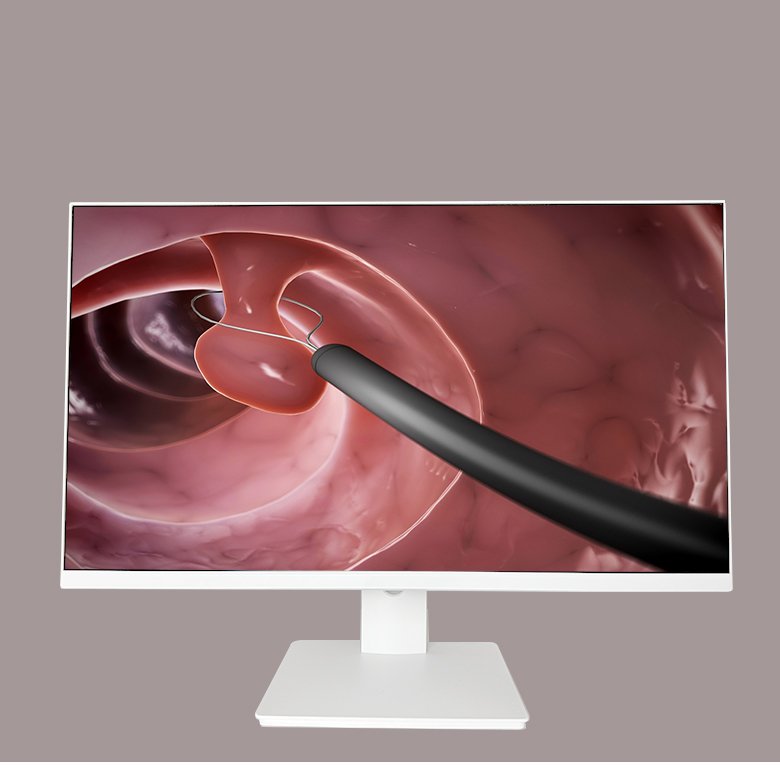
Introduction
Medical endoscopes play a pivotal role in modern medicine, enabling clinicians to explore and diagnose conditions within the human body. However, the significance of the endoscope’s visual output is equally crucial. This article delves into the importance of selecting and optimizing parameters for medical endoscope monitors, ensuring accurate and detailed visualization for diagnostic purposes.
Importance of Medical Endoscope Monitors
The monitor used in conjunction with a medical endoscope is the gateway through which clinicians perceive internal structures and abnormalities. The accuracy and clarity of these visuals directly impact the precision of diagnoses. From gastrointestinal to respiratory endoscopies, the choice of the right monitor is imperative for delivering optimal healthcare.
Basic Requirements for Endoscope Monitors
- Color Accuracy and Contrast:
- Discuss the necessity of true-to-life color representation for identifying subtle tissue variations.
- Emphasize the importance of high contrast to reveal fine details, crucial for accurate diagnosis.
- Resolution and Brightness:
- Analyze the role of monitor resolution in visualizing minute structures and lesions.
- Explore the significance of brightness settings, especially in well-lit medical environments.
Common Technologies in Endoscope Monitors
- LED, LCD, and Beyond:
- Introduce prevalent display technologies, such as LED and LCD, highlighting their applications in the medical field.
- Discuss the relevance of features like High Dynamic Range (HDR) and wide color gamuts for enhanced image quality.
Factors to Consider in Choosing Endoscope Monitors
- Manufacturer Reputation and Certification:
- Stress the importance of selecting monitors from reputable manufacturers adhering to industry standards.
- Highlight the significance of certifications ensuring compliance with medical imaging regulations.
- Size, Layout, and Ergonomics:
- Guide readers on considering monitor size and layout for optimal integration into medical workstations.
- Discuss the impact of user interface design and ergonomic considerations on usability.
Parameter Settings and Calibration
- Understanding Color Parameters (e.g., RGB):
- Explain the role of RGB settings in achieving accurate and consistent color representation.
- Provide insights into the calibration process to maintain color fidelity over time.
- Practical Tips for Parameter Configuration:
- Offer practical advice for clinicians to optimize monitor settings based on clinical needs.
- Discuss the importance of regular calibration to ensure ongoing accuracy.
Conclusion
In conclusion, the choice and configuration of medical endoscope monitors are integral to the success of diagnostic procedures. Healthcare professionals bear the responsibility of selecting monitors that align with clinical requirements and diligently managing parameters for optimal performance. By understanding the critical role of these monitors, medical practitioners can enhance their ability to provide precise and informed patient care.
References
Include a list of relevant literature, technical specifications, and professional guidelines to support the information presented in the article.

